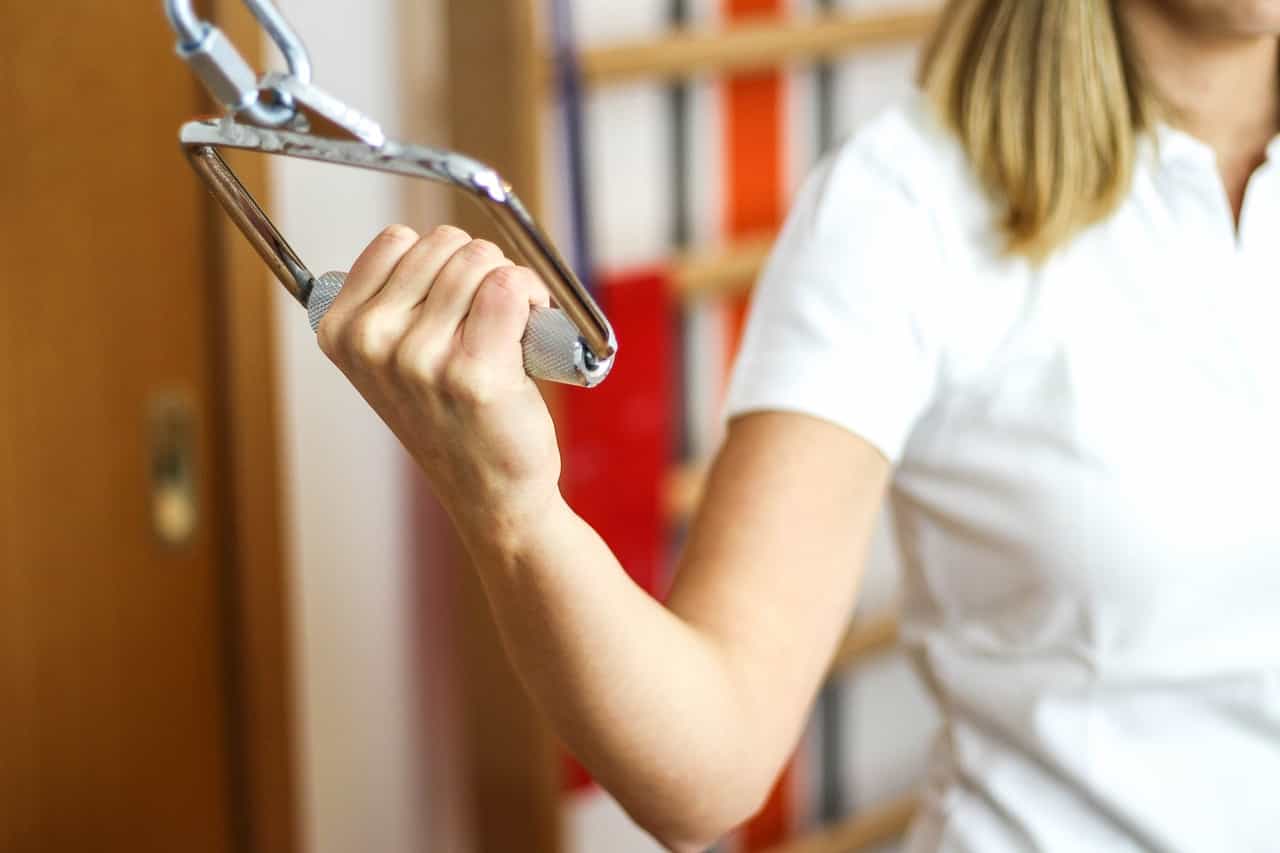
In some patients with muscle problems, the problem is caused by the muscles not relaxing properly. This may be caused by an inherited muscle disease. But muscles that relax too slowly are not easy to diagnose. Joery Molenaar (Radboudumc) developed a method that can reliably demonstrate this. He also used them to further map some muscle diseases.
GPs see many people with muscle complaints. “If they have weaker and thinner muscles, can no longer hold things properly, or have difficulty standing on their legs, then as a doctor, you know that they have problems tightening the muscles,” says neurologist Joery Molenaar. “But there is also a large group that actually has problems relaxing the muscles. If that happens too slowly, they can suffer from pain, cramping, and stiffness. However such delayed muscle relaxation is difficult to diagnose in the consultation room. Yet it is important because sometimes there is an underlying, hereditary muscle disease.”
Reliable method
As a neurologist/clinical neurophysiologist working at Rijnstate, Molenaar regularly sees patients who have been referred on suspicion of such delayed muscle relaxation. With the naked eye, this is not easy to determine and immediately starting a muscle biopsy or genetic testing is rather invasive and expensive. Having the patient tighten and release the muscles produces inaccurate measurements. That’s why Molenaar went looking for a relatively simple but reliable method to measure muscle relaxation.
That method is now available. Equipment needed: a handle to squeeze, connected to a computer, and also a TMS (magnetic brain stimulation) device. Molenaar describes the implementation: “The patient squeezes the handle as hard as possible, the computer registers the squeezing force and when it is at its maximum, we give a magnetic pulse with the TMS device exactly at the center of the head where the motor cortex is located. That pulse stops the control of muscle force for a quarter of a second, allowing us to precisely and perfectly measure the rate of muscle relaxation. The method works for young and old, male and female, health and disease.”

Brody’s disease
Molenaar used the method to give more attention to the people who have been under-reported in both the consulting room and the medical literature: the people with overactive muscles, with muscles that do not relax properly. For example, his doctoral research shows that in patients with Brody’s disease – a genetic muscle disease due to mutations in the ATP2A1 gene – there is a distinct and characteristic delay in muscle relaxation.
With the new method, patients can not only be screened for an underlying muscle disease. Molenaar: “It also allows us to properly monitor whether the patient is deteriorating or not, for example; simply by looking at whether the muscle relaxation rate decreases over the years. When developing new drugs, we can also quickly assess whether a drug has an effect on the condition or not.”
Valuable addition
Molenaar sees a lot of potential for the new method. Not directly for general practice, but more for use in hospitals, the second line. Then there has already been a pre-selection of patients and, moreover, many hospitals already have equipment with which TMS – transcranial magnetic stimulation – can be applied. “With blood tests, electromyography, ultrasound, and other techniques, the neurologist’s toolbox is already pretty well stocked,” Molenaar says. “But for patients with delayed muscle relaxation, our method is a valuable asset.”

